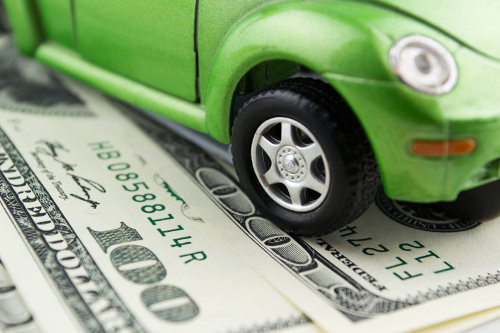1. How do bad credit loans work?
Bad credit loans work by giving people with bad credit a chance to borrow money. The interest rates on bad credit loans are usually higher than traditional loans, but this is because the lender is taking on more risk by lending to someone with bad credit. There are a few different types of bad credit loans, but the most common are personal loans, auto title loans and business loans.
2. How do I qualify for a bad credit loan?
There are a few things that you will need to do in order to qualify for a bad credit loan. The first thing that you will need to do is make sure that you have a steady income. This can be from a job, self-employment, or even government benefits. You will also need to have a checking account in good standing and a valid ID. Once you have all of these things, you will need to find a lender that offers bad credit loans.
3. How much can I borrow with a bad credit loan?
Bad credit loans are available from a number of different lenders, but the amount you can borrow will depend on a number of factors, including your credit history, income, and employment status. With local auto title loans, you will be qualified with the equity that you have in your automobile. In general, bad credit loans tend to have higher interest rates and fees than loans for people with good credit, so you may want to shop around to compare offers before you decide on a loan.
4. How much will a bad credit loan cost me?
The cost of a bad credit loan will vary depending on the lender, the amount of the loan, and the terms of the loan. Generally, interest rates on bad credit loans are higher than those for loans to people with good credit. The reason for this is that lenders perceive people with bad credit as a higher risk, and they charge higher interest rates to offset this risk. The actual cost of the loan will also depend on the fees charged by the lender.











